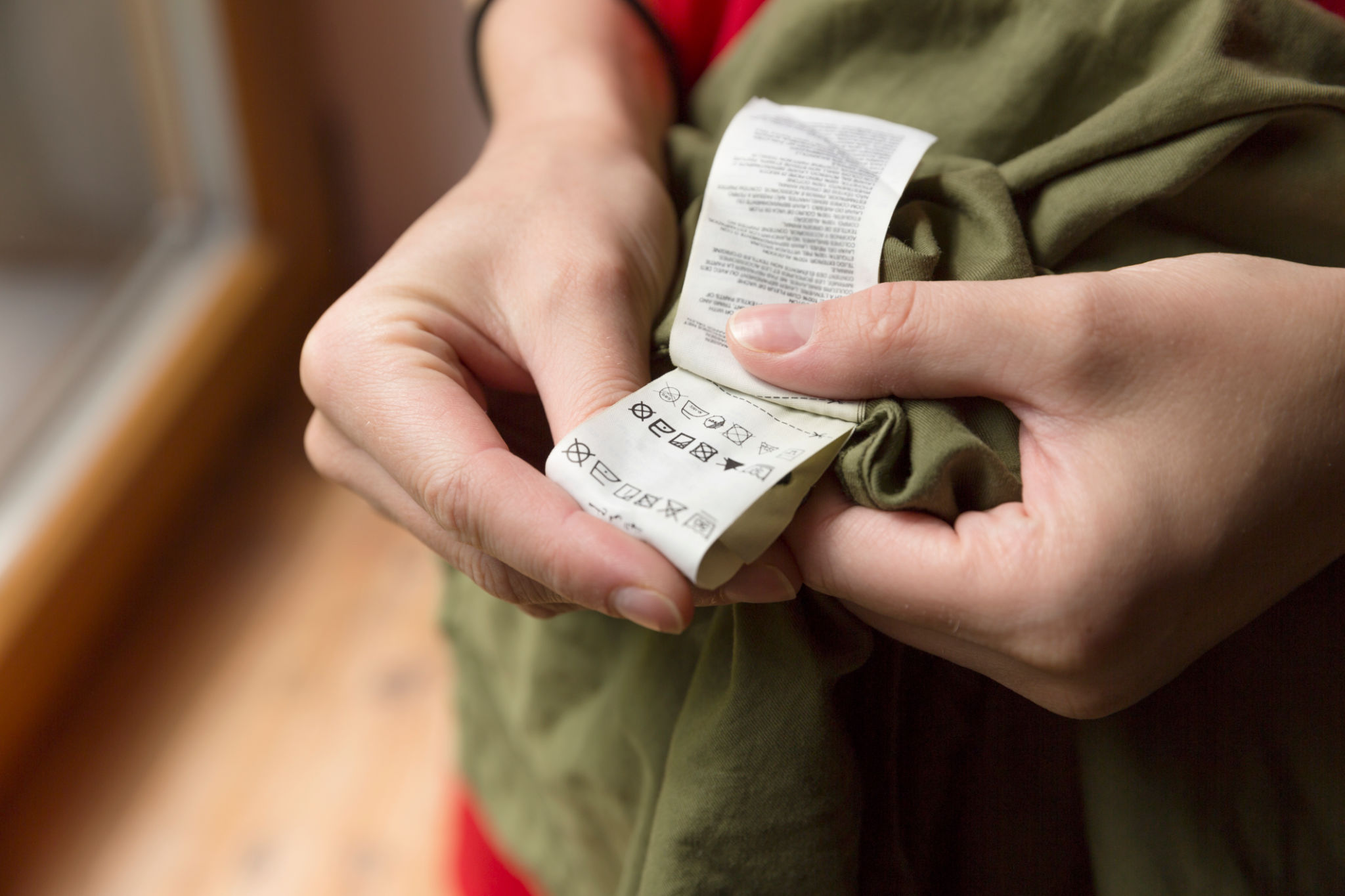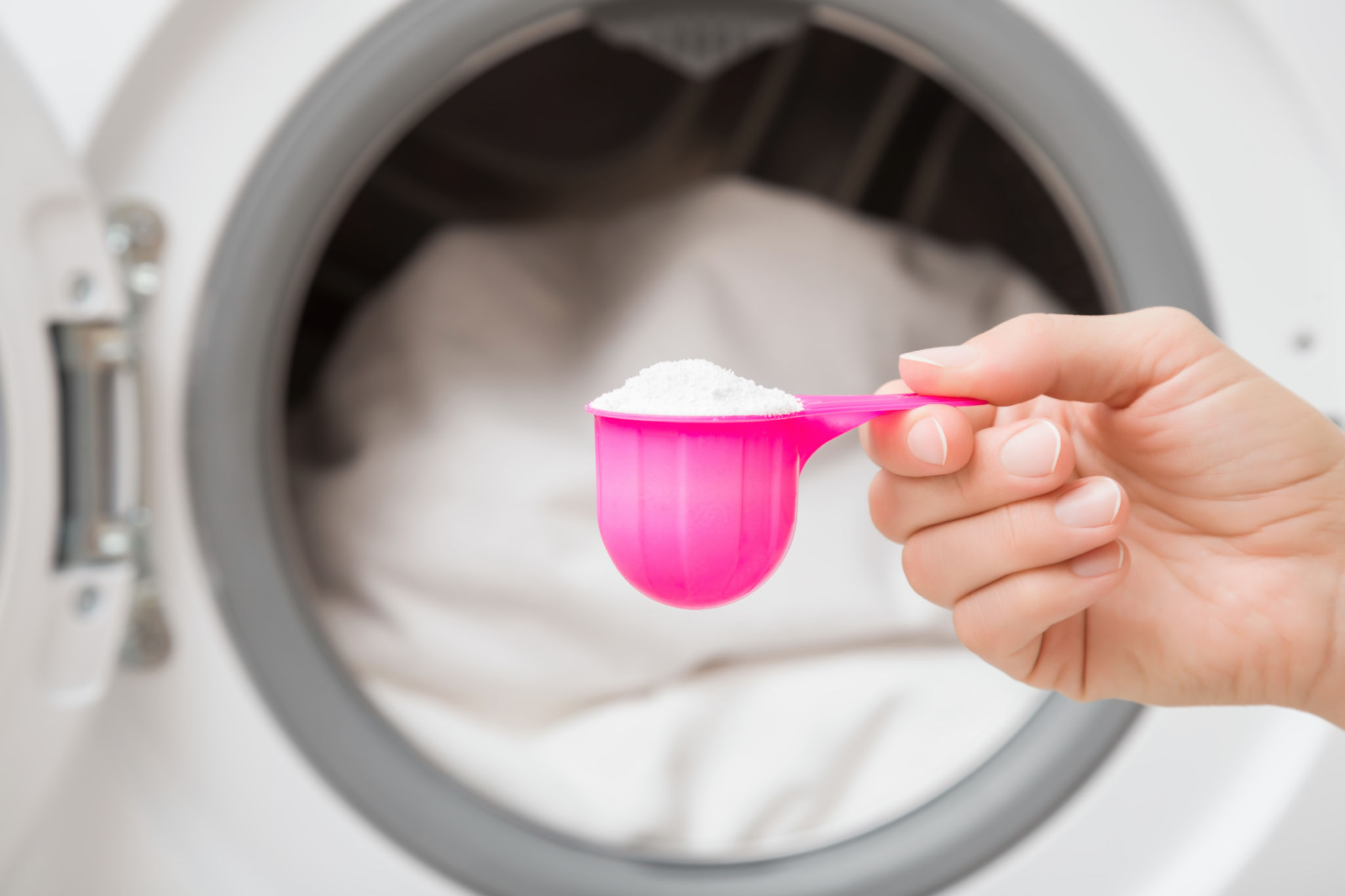Common Laundry Mistakes and How to Avoid Them
Understanding Fabric Care Labels
One of the most common laundry mistakes is neglecting to read and understand fabric care labels. These labels provide essential information on how to wash, dry, and care for your garments. Ignoring them can lead to shrinking, fading, or damaging your clothes. Always check the label before washing an item to ensure you're using the correct settings.
Each symbol on the label has a specific meaning, from water temperature to drying conditions. Familiarize yourself with these symbols to avoid accidental mishaps. When in doubt, it’s often safer to opt for a gentle cycle with cold water.

Sorting Clothes by Color and Fabric Type
Another frequent mistake is failing to sort clothes by color and fabric type before washing. Mixing dark-colored clothes with lighter ones can lead to color bleeding, which may ruin lighter fabrics. To prevent this, separate your laundry into whites, lights, and darks.
Also, consider the fabric type. Washing delicate fabrics with heavier items like jeans or towels can cause wear and tear. Sort your laundry by fabric weight as well to extend the life of your clothes.

Overloading the Washer
Overloading the washing machine might seem like a time-saver, but it can actually hinder the cleaning process. Clothes need space to move around freely in the washer to get thoroughly cleaned. Overloading can lead to detergent streaks and inadequately cleaned clothes.
To avoid this mistake, fill your washing machine only two-thirds full. This allows water and detergent to circulate properly, ensuring your clothes come out clean and fresh.
Choosing the Right Detergent
Selecting the wrong detergent for your laundry needs can have adverse effects on your clothes. There are various types of detergents available, including liquid, powder, and pods. Each type has its own advantages and uses.
Consider factors such as fabric type, water hardness, and personal preferences when choosing a detergent. For instance, liquid detergents are generally more effective on greasy stains, while powders are great for general washing in hard water areas.

Avoiding Fabric Softeners with Certain Fabrics
While fabric softeners can make clothes feel soft and smell fresh, they aren't suitable for all types of fabrics. Avoid using fabric softeners on moisture-wicking athletic wear, microfiber, or towels as they can reduce absorbency and effectiveness.
Instead, consider alternatives like white vinegar for softening fabrics without leaving residue or affecting performance.
Using the Correct Water Temperature
The temperature of the water you use can significantly impact the cleanliness and longevity of your clothes. Hot water is best for sanitizing heavily soiled items or whites but can damage delicate fabrics and cause colors to fade.
Most everyday laundry loads can be effectively cleaned with cold water, which is also more energy-efficient and prevents color bleeding. Reserve hot water for specific loads that require it.

Drying Clothes Properly
Improper drying is another common mistake that can damage your clothes. High heat settings can shrink fabrics and cause fading. Instead, use low or medium heat settings for most garments.
For delicate items or those prone to shrinking, air drying is often the best option. Using a drying rack or hanging clothes outside can help preserve their shape and texture.